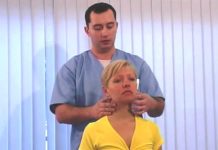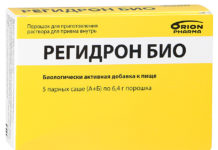Not every medicinal plant can boast the same power of healing potential as the Icelandic Cetraria, popularly known as "Icelandic moss."
Knowing and skillfully using the medicinal properties and contraindications of Icelandic moss, you can almost completely restore the functionality of the respiratory system - with any form of damage.
The unique possibilities of Icelandic moss do not end there - there are still many ways to use its healing properties if you need to restore human health.
Material Content:
Lichen features
Icelandic cetraria is not considered moss in the generally accepted sense of the word, since it is a symbiosis of two plant forms - fungus and algae.
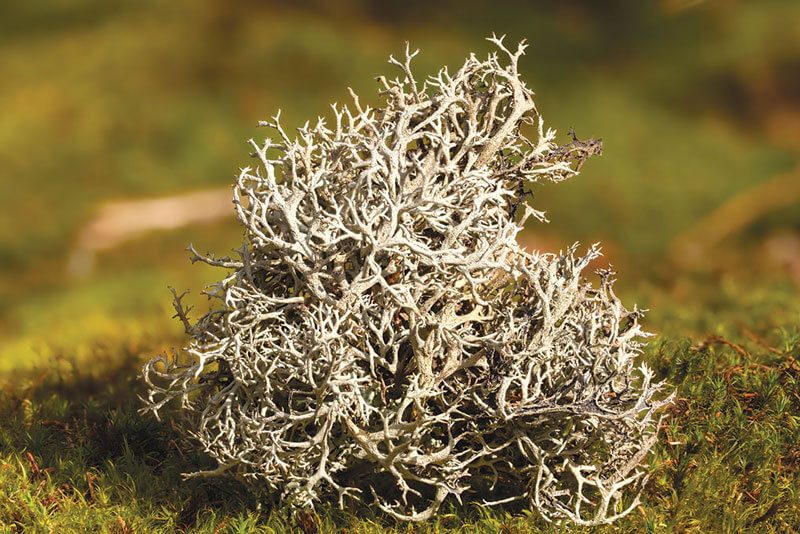
The properties of each form are completely opposite. We can say that their community is built on the complementarity of each other with the necessary qualities for development. Algae have the ability to synthesize organic substances that the fungus needs for nutrition. In turn, the fungus supplies the alga with valuable trace elements.
Each new true lichen is formed only after the cells of a certain type of algae have joined with the spores of cetraria.
Despite the geographical location indicated in the name of the plant, Icelandic moss can be found not only in Iceland. Its habitat is the tundra, forest-tundra and swamps, pine forests and moorlands.
Therefore, the Icelandic Cetraria is considered not only by its inhabitants in Europe, but also in Asia, Australia and even Africa.However, the first to determine the medicinal properties of lichen were Icelanders who used the plant as a dietary supplement.
Official medicine became interested in the therapeutic effects of cetraria only in the 18th century.
Using Icelandic moss for medicinal purposes, you can not doubt its environmental friendliness. The main condition without which plant growth is impossible is clean, uncontaminated industrial waste air.
The healing properties of Icelandic moss
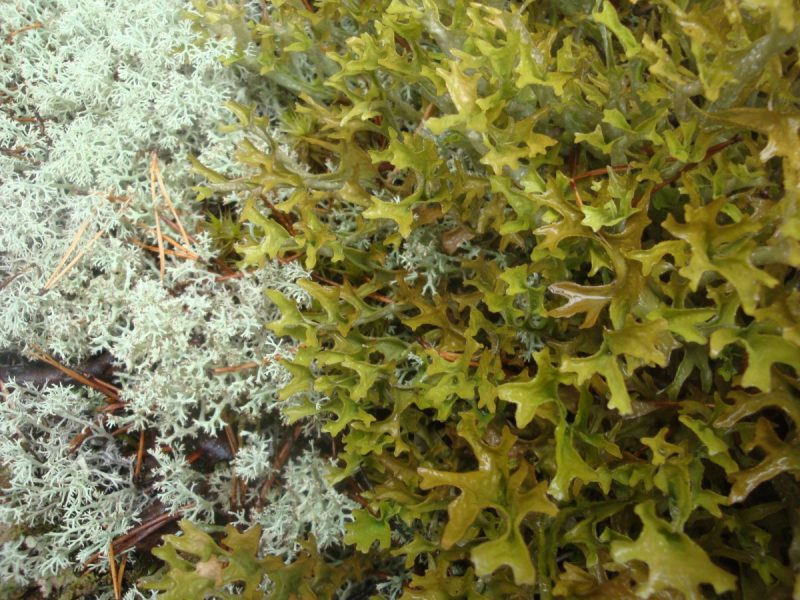
The healing power of Icelandic moss is due to its composition, which without exaggeration can be called unique:
- lichenin and isolechenin - polysaccharides, the main carbohydrate component, which determines the high nutritional value of the plant and its gelling properties;
- Lichen acids are the main “secret” ingredient of a plant produced by its mycobiont. Usnic acid is a specific substance, a product of lichen metabolism. Provides antibiotic, analgesic, antiviral, anti-tuberculosis and insecticidal effects;
- trace elements - zinc, tin, lead, cadmium and silicon, iodine, iron, copper, manganese and titanium;
- glucose and galactose;
- organic substances, lipids - proteins, fats, wax, gum;
- vitamins A, C and B12.
The substances in the lichen have a powerful healing effect on burns, ulcers and rashes, chronic runny nose, overweight, chest tightness, impotence, anorexia and dystrophy, dental problems, insomnia, constipation and diarrhea.
Usnic acid in the composition of Icelandic moss can not only suppress, but also destroy the main causative agent of tuberculosis - Koch's wand.
Indications for use
The immunomodulatory, antibacterial, anti-inflammatory, choleretic and absorbent qualities of Icelandic moss are used in the treatment of diseases of the respiratory and digestive systems, as well as to eliminate dermatological problems.
Cetraria drugs help cleanse blood and lymph, and are recommended for use as antidiabetic and oncological protective drugs.
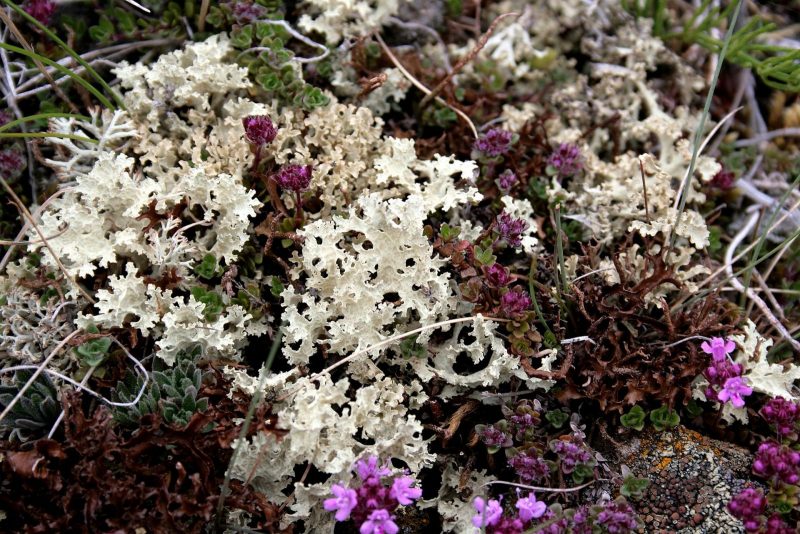
The use of moss can successfully fight staphylococci and streptococci, eliminate cough and hoarseness of the throat, prevent the development of infections and protect the intestinal mucous membranes from damage by pathogenic microorganisms.
In addition, Icelandic moss has the ability to accumulate iodine, getting it from the environment, so the use of the plant is effective in treating diseases of the endocrine system.
From cough
Due to its unique healing properties and antibiotic activity, Icelandic cough moss is most in demand. The mucus that forms when brewing a lichen from polysaccharides provides the enveloping effect of inflamed areas and effectively protects the membrane of the respiratory tract from irritation.
Cetraric acid has a powerful antimicrobial and immunomodulating effect. And usnic acid kills gram-positive bacteria.
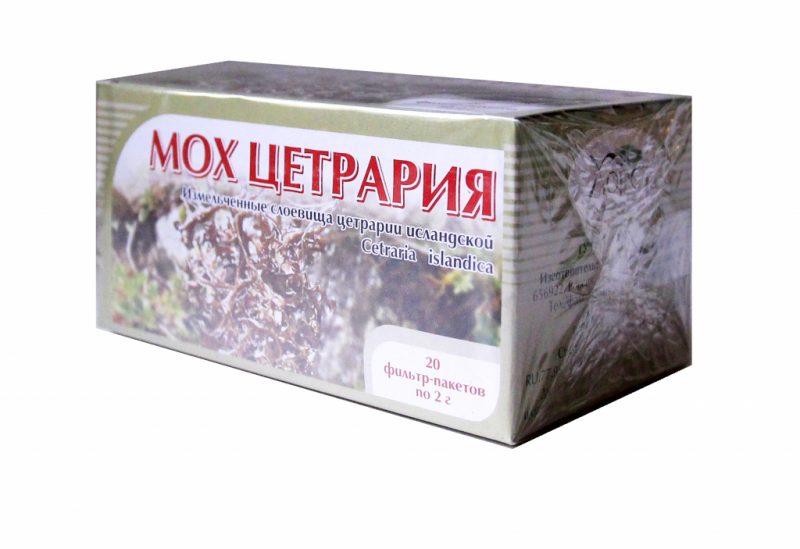
Decoctions from Icelandic moss relieve inflammation, heal damage to the mucous membrane of the respiratory tract and provide a calming, softening and expectorant effect.
The main indications for the use of cetraria in pathologies of the respiratory system:
- bronchitis;
- whooping cough;
- asthma;
- tuberculosis;
- pneumonia.
Icelandic moss is no less effective in the treatment of diseases associated with lesions of ENT organs - viral infections, tonsillitis, tonsillitis, laryngitis and common colds.
The optimal therapeutic result in the fight against cough is achieved by ingestion of lichen syrup. For its preparation, a tablespoon of finely chopped lichen is steamed with boiling water and insisted. They drink, adding to taste milk, sugar or honey, in several large sips three times a day.
Unique substances in the composition of lichen possess antibiotic strength exceeding the capabilities of pharmaceuticals.
From allergies
The use of Icelandic Cetraria allows you to get rid of seasonal allergies in a few days. The therapeutic effect is achieved not only by ingestion of a decoction from the plant, but also with the help of therapeutic baths with the addition of an extract of cetraria.
For constipation
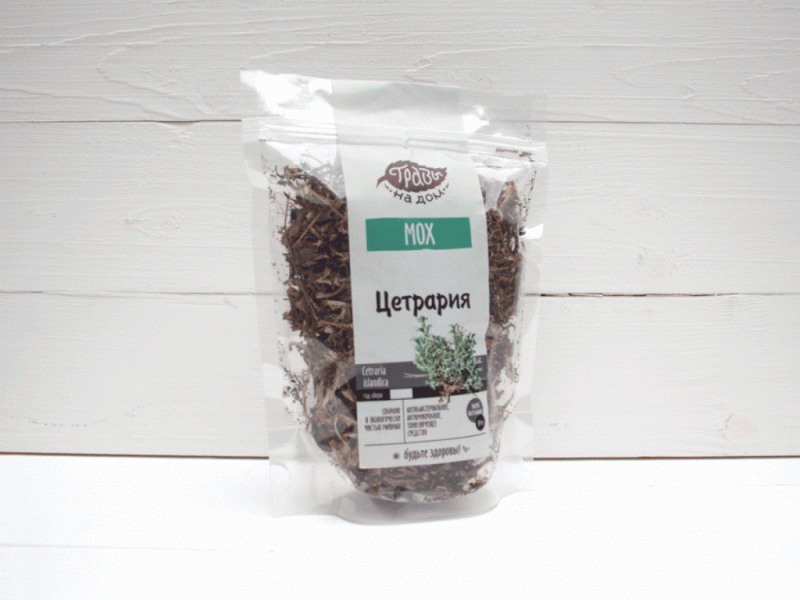
Stool normalization is one of the expected effects provided by Icelandic moss. To eliminate constipation, infusion from the plant is used. For this, a glass of finely chopped lichen is poured with two liters of boiled water and kept for a day. Take three times a day for a glass of infusion.
For weight loss
Due to the ability of Icelandic moss to influence metabolic processes, it can be used to adjust weight even with obesity. The recipe for the application of the plant is simple - just replace one of the meals with kissel from lichen.
To do this, one part of the lichen is mixed with three parts of water and boiled for three hours until the plant is completely digested. Then the broth is filtered and cooled. The resulting jelly can be mixed with berries or added to dishes - soups, dough, meat or fish.
In its natural form, the plant has a pronounced bitter taste. To get rid of bitterness, lichen is soaked for 12 hours in water with the addition of soda. For 10 liters of water take 7 tablespoons of soda.
The use of Icelandic moss for medicinal purposes
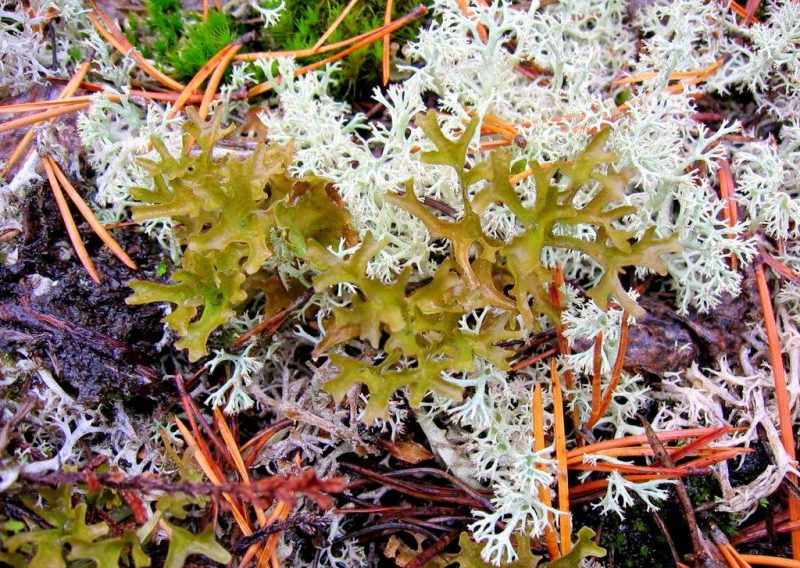
For the treatment of various diseases, different forms of preparations made from cetraria are used - decoctions, syrups, jelly, teas, extracts and fees. The most common treatment is with a decoction. If the Icelandic moss is brewed correctly, its valuable properties will turn into a decoction.
How to brew Icelandic moss?
The standard proportion for preparing a decoction of cetraria is a spoonful of moss half a liter of boiling water. For five minutes, the product is boiled in a water bath, then left for half an hour alone. After the specified time, the broth is filtered.
For oral administration, you can take milk instead of water. For the treatment of external surfaces, it is more convenient to use a water decoction.
Traditional medicine recipes
Traditional medicine recipes are distinguished by a large selection of methods for using moss.
Due to the high concentration of healing components, the extract from the plant is particularly effective.
To get the extract from cetraria, a liter of cold water is added to 100 g of the plant and kept for 24 hours. Then boil in a water bath until then, until half of the original volume remains. Apply as needed - adding to drinks or food, or as an additive for bathtubs.
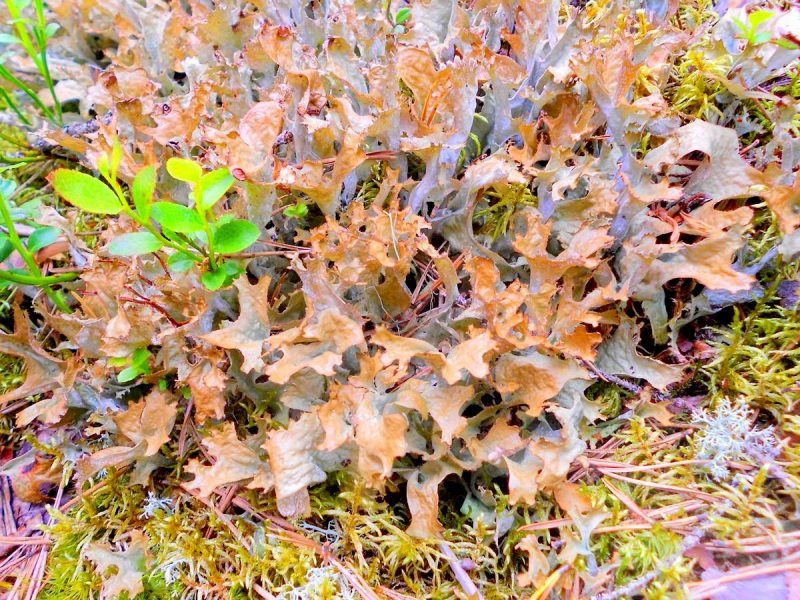
You can also make tea from Icelandic moss. The proportions, the method of preparation and reception do not differ from those used when brewing ordinary tea.
Pharmacy drugs
Icelandic moss is a plant officially recognized by traditional medicine.
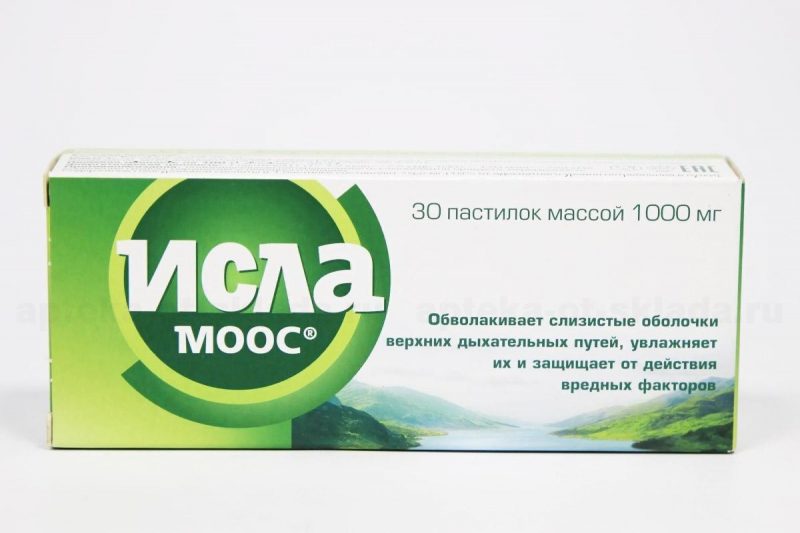
Based on it, several types of cough medicines were created:
- Pectolvan Fito - liquid alcoholic extract of cetraria. It has an expectorant, thinning and antispasmodic effect;
- Isla moos - lozenges. Indicated for use in diseases of the throat and upper respiratory tract;
- Gerbion - syrup from Icelandic moss. Provides antitussive, anti-inflammatory and immunomodulating effect in case of respiratory infections;
- Isla mint - gel lozenges with the addition of peppermint oil. Indicated for throat infections.
Diabetic patients are advised to choose those drugs from cetraria that do not include sugar.
Contraindications
The healing power of Icelandic moss is tremendous. And its use has neither contraindications, nor age restrictions. Lichen has been successfully used to treat pregnant women, young children and the elderly.
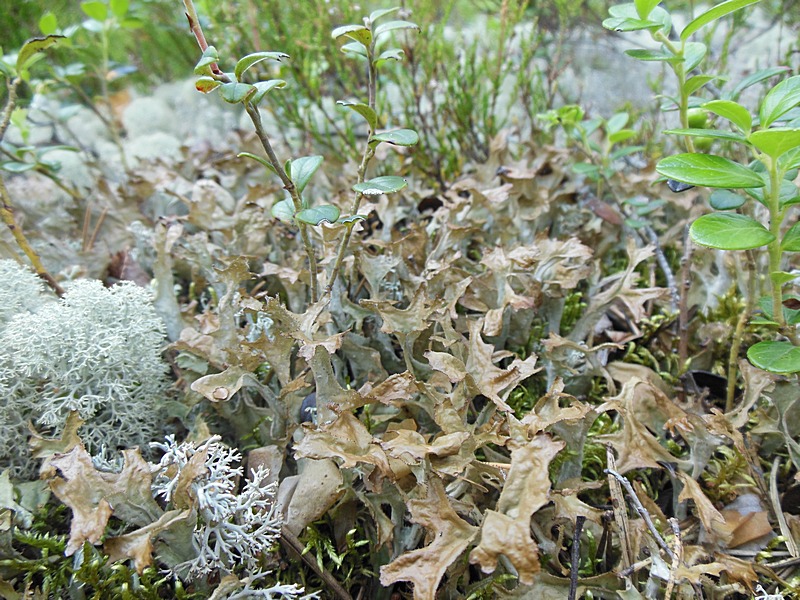 Moreover, Icelandic moss is recommended for use with exhaustion and to restore tone with extreme weakening of the body.
Moreover, Icelandic moss is recommended for use with exhaustion and to restore tone with extreme weakening of the body.
The unique Icelandic moss is worthy of being in every home medicine cabinet - after all, one plant can replace dozens of pharmacy medicines.






